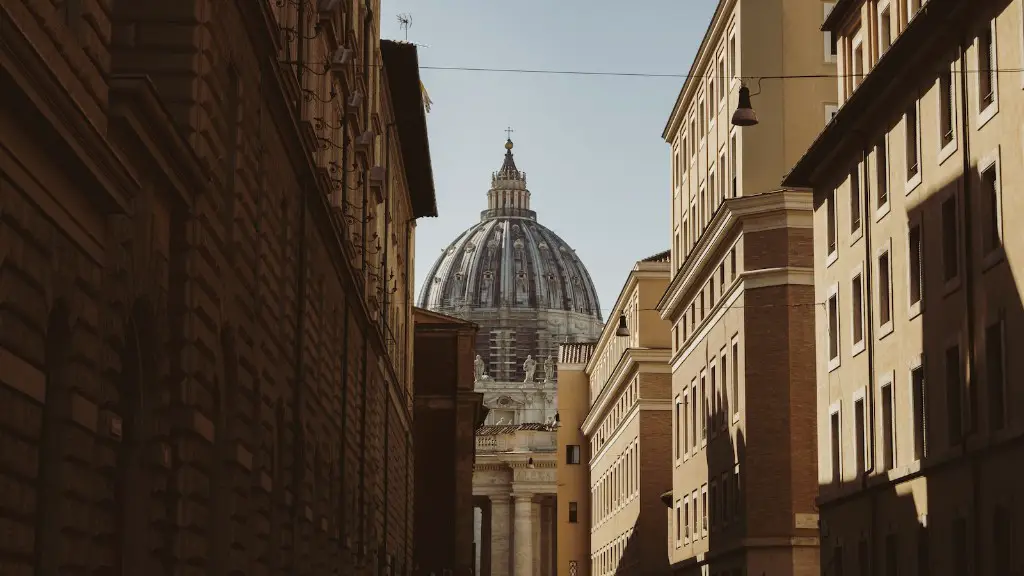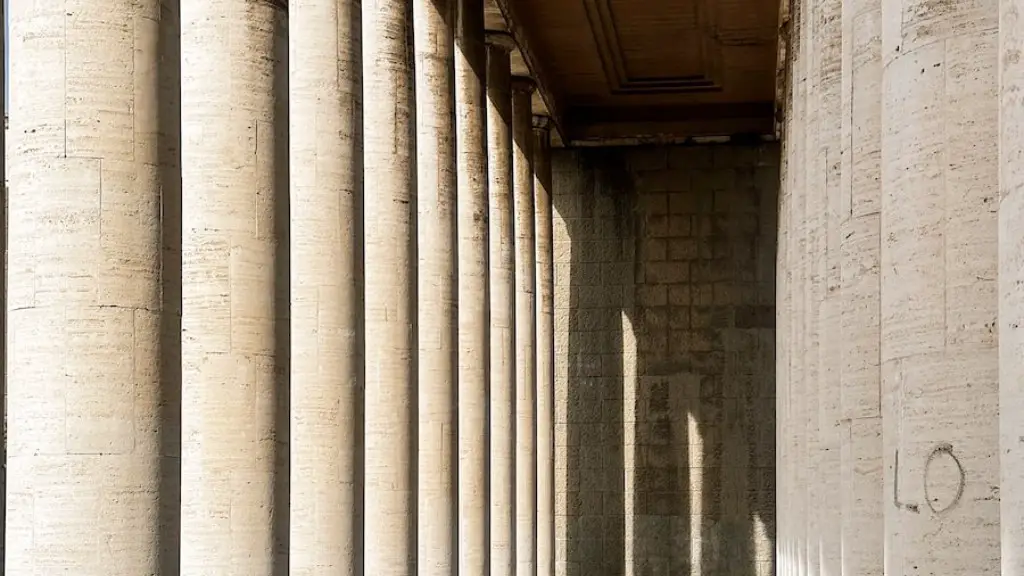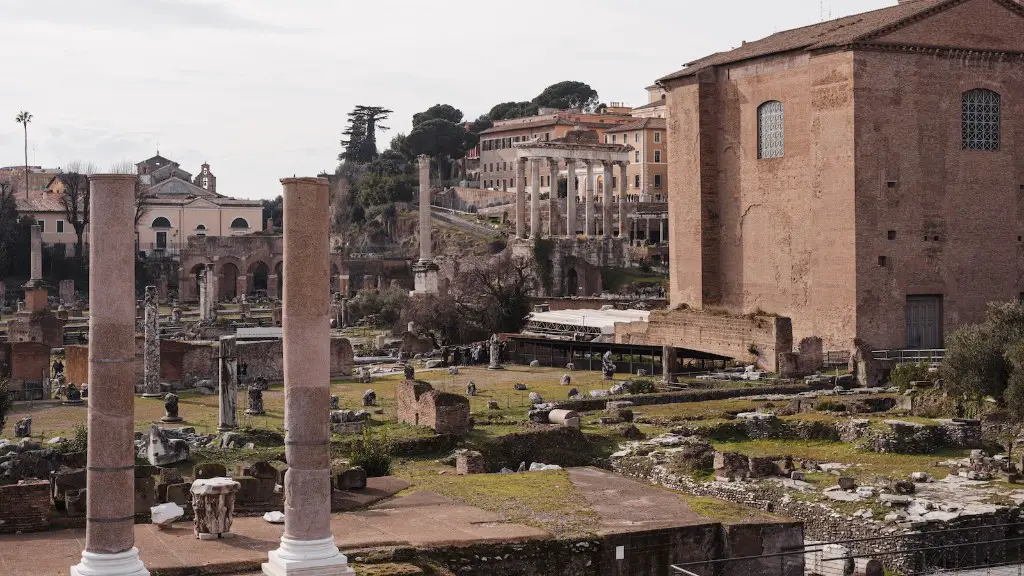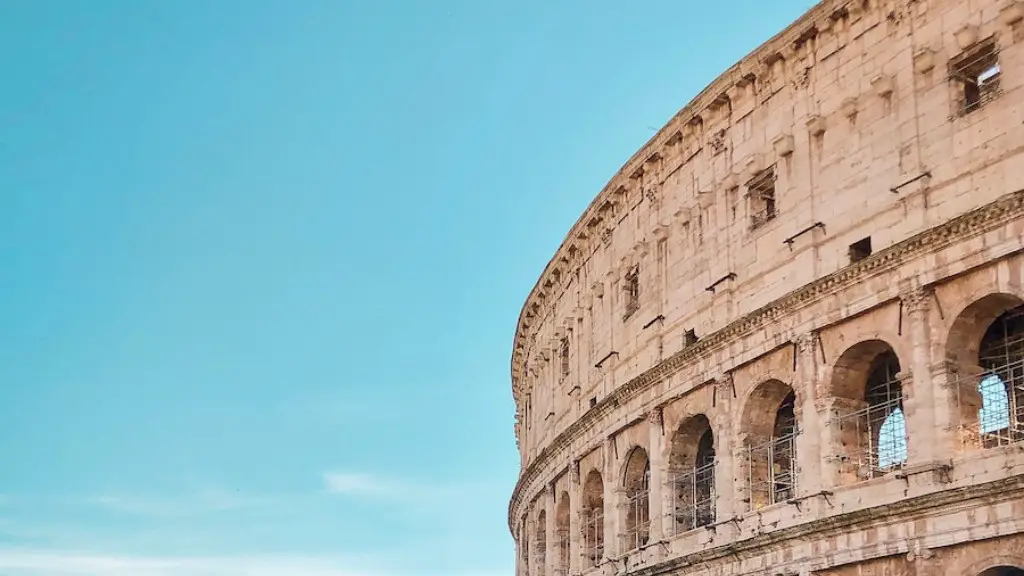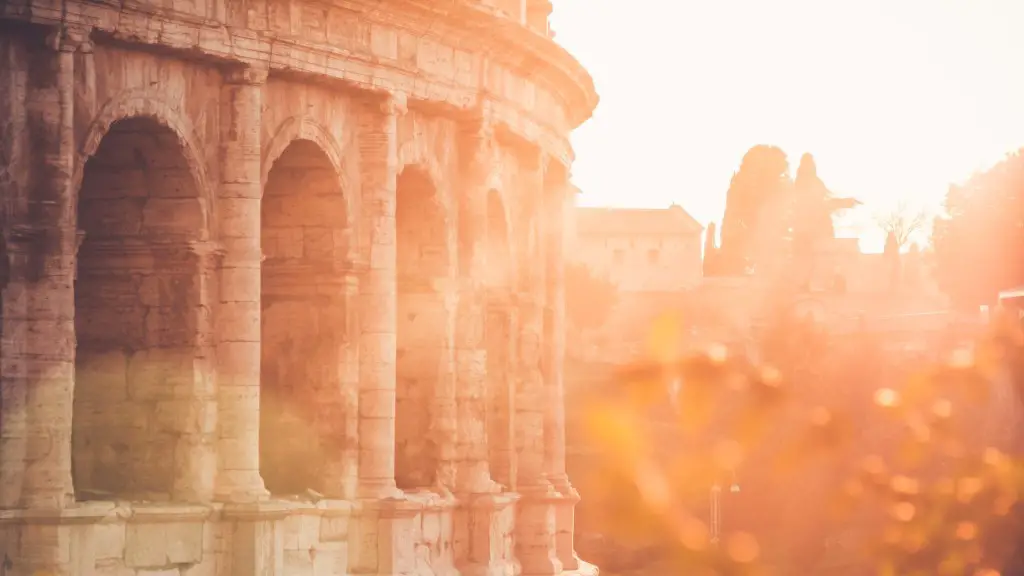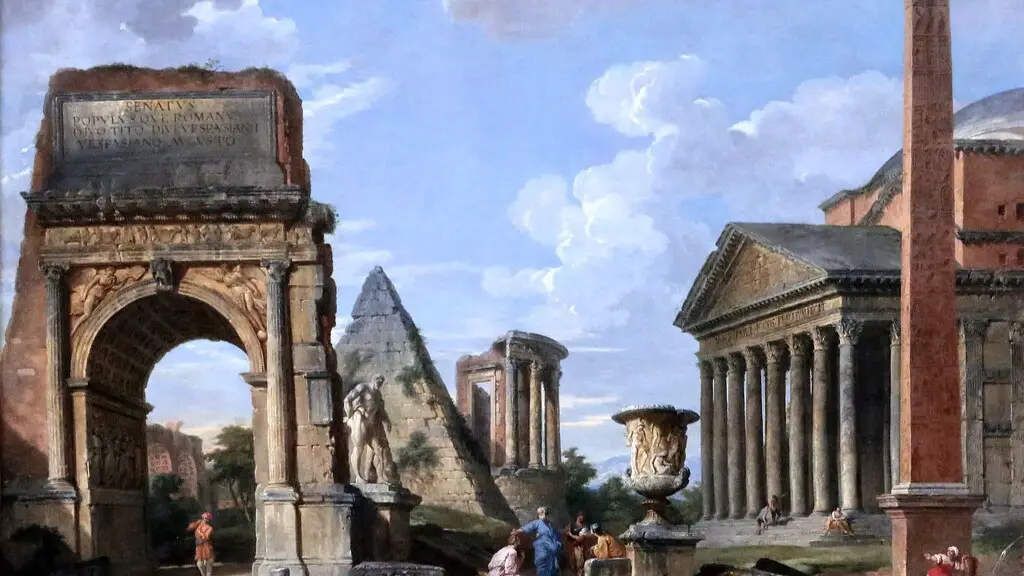What makes Ancient Rome unique
Ancient Rome has always had a special place in the hearts of modern civilization, with its influence and contributions still felt centuries later. From its rich cultural heritage to its engineering feats that shaped the way the world worked, Ancient Rome is an example of a society that had it all.
At its peak, the Roman Empire was one of the largest empires in the world and it stretched across three continents. It was during this time that it wielded enormous political, social, economic and military power. But even today, what makes Ancient Rome stand out from its contemporaries is the sheer sophistication of its culture.
Some of the key aspects that made Ancient Rome unique are its monuments and artworks, its legal system and its legions. These are just a few of the things that made Ancient Rome stand out amongst its contemporaries. Let’s take a closer look.
Monuments and Artworks
The Romans were master builders, creating some of the most iconic monuments and beautiful sculptures seen in the ancient world. From the iconic Colosseum to the awe-inspiring Pantheon, the Romans created some of the most impressive architectural feats that still stand today. In addition, their artworks were incredibly detailed and expressive, leaving a lasting impression on visitors.
The Romans also had a deep appreciation for art and literature; their works still captivate our imaginations. There’s no denying the fact that the Roman Empire left a lasting mark on the world through its art and craftsmanship.
Legal System
The Romans can also be credited with developing the basis of our modern-day legal system. The Romans were the first to introduce the notion of a code of law that applied equally to all citizens regardless of their gender, race or social class. This form of law was incredibly powerful and had a major impact on the way justice was served in the Roman Empire.
The Romans also believed that justice should always be done and provided a series of magistrates with the authority to resolve disputes quickly and efficiently. This system of magistrates ensured that justice was served in a swift and fair manner, firmly establishing the rules of justice.
Legion
The Romans also had a formidable army known as the legion. This professional army was well-trained, disciplined and organised, making it one of the most feared forces in the ancient world. The legion was also incredibly successful in its campaigns, conquering vast amounts of land and expanding the Roman Empire.
The Romans were also incredibly innovative in their approach to warfare. They used advanced tactics and strategies to outwit their enemies and were adept at utilizing the environment and resources around them to their advantage.
Culture and Education
Ancient Rome was also a hub of culture and education. The Romans believed that education should be accessible to all citizens, regardless of gender or social class. As a result, they created a system of public schools that was open to everyone. This allowed them to train their citizens and prepare them for their future roles in society.
In addition, the Romans also embraced the notion of intellectual debate and discourse. This meant that everyone had the opportunity to express their views and have their voices heard. This open dialogue encouraged the exchange of ideas and knowledge, allowing the Romans to progress in their understanding of the world around them.
Infrastructure and Engineering
Ancient Rome was also an engineering powerhouse and is credited with many of the engineering feats still seen today. From aqueducts to roads, the Romans constructed advanced infrastructure that is still standing today. They also pioneered the use of concrete, making it a building material that is still popular to this day.
The Romans were also incredibly adept at water engineering, developing impressive irrigation and drainage systems and creating dams for controlling the water supply. This engineering prowess allowed them to increase agricultural productivity and expand their settlements.
Religion and Mythology
The religion and mythology of Ancient Rome was also a major factor in its success. Ancient Roman religion was centred on honoring the gods who, in turn, provided protection and prosperity to the Empire. In addition, Rome was also steeped in mythology, with fantastic stories telling of the gods, heroes and monsters that were part of Roman culture.
These stories, myths and gods all contributed to the rich cultural heritage of Ancient Rome, creating a unique and powerful identity that can still be seen today. This culture and mythology continue to fascinate us and give us insight into the way people lived in Ancient Rome.
Lasting Legacy
Today, Ancient Rome is still remembered for its impressive accomplishments in architecture, engineering and culture. Its influence and contributions can still be seen around the world, from monuments to legal systems. Whether it’s seen in literature or art, Ancient Rome will always have a place in history.
Social and Political Hierarchy
In Ancient Rome, there was a well-defined social and political hierarchy that gave Roman citizens access to the power and status that came with it. This social hierarchy was one of the key factors that enabled the Roman Empire to have a strong central government and enabled it to expand and flourish.
At the top were the rulers who had the ultimate power and authority. Below them were the members of the Senate, responsible for making laws and deciding on matters of state. Further down the line were the citizens, who had a voice in the government but less power than those further up.
Architecture and Construction
The Romans were incredible architects and engineers, creating some of the most impressive structures in the ancient world. This proficiency in construction allowed them to create vast settlements and magnificent monuments, such as the Colosseum. In addition, the Romans were also some of the first people to make use of concrete, a popular building material even to this day.
The Romans also used advanced construction techniques, such as arches and domes, which are still seen today. This creativity and innovation allowed them to create awe-inspiring constructions that are still admired and studied to this day.
Language and Literature
The Romans also had a deep appreciation for language and literature. Latin, the official language of the Roman Empire, is still used to this day for scholarly and legal texts. In addition, the Romans had a strong literary tradition, with works such as the Satires of Juvenal, the Aeneid and much of Cicero’s writings still studied and admired today.
The Roman’s love of language and literature was a major factor in the spread of Roman culture throughout the empire, allowing them to communicate ideas and share their culture with others. This also had a lasting effect on the development of the modern English language.
Conclusion
Ancient Rome is an example of a society that had it all. Its monuments and artworks still captivate us, its legal system serves as the basis of our modern one, and its legion was the envy of other civilizations. But the Romans were also pioneers in architecture, engineering, religion and culture. This is what makes Ancient Rome unique and a model of impressive achievement that still stands today.
